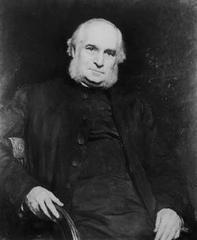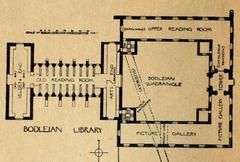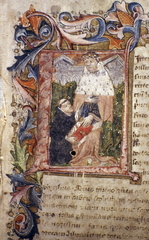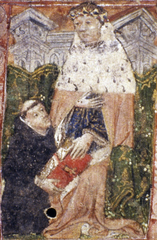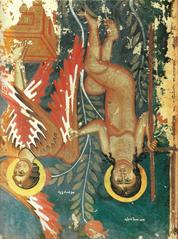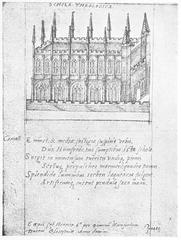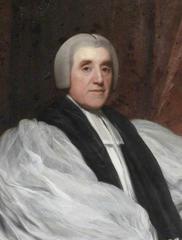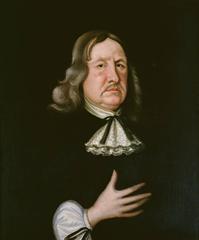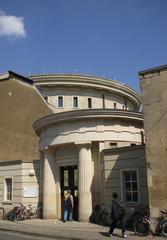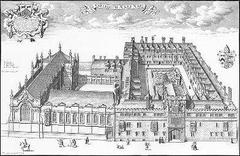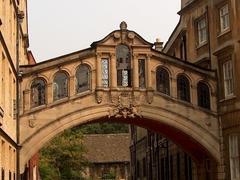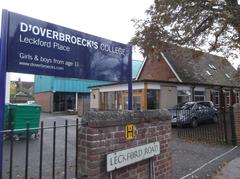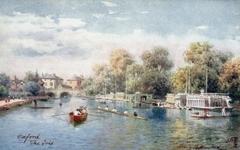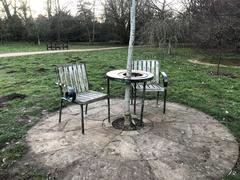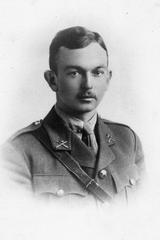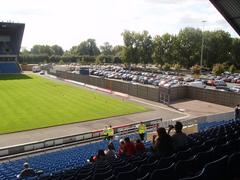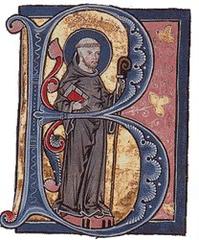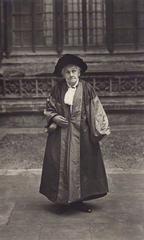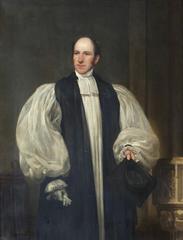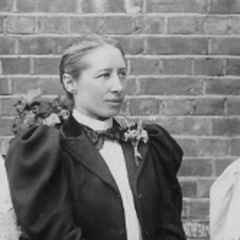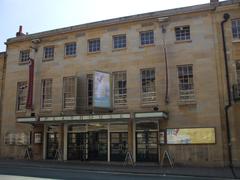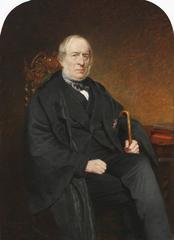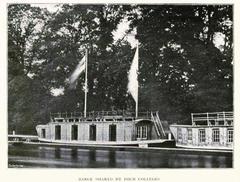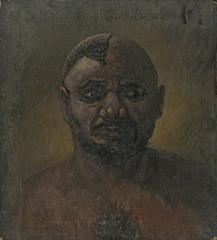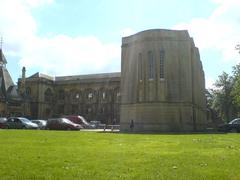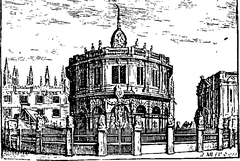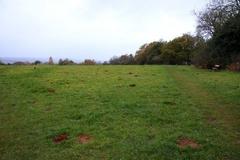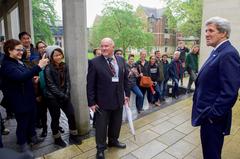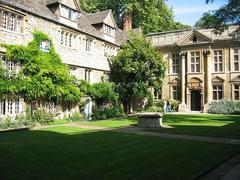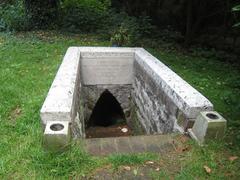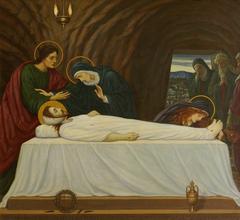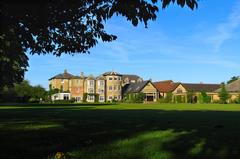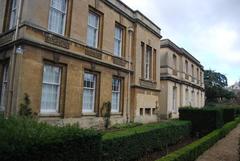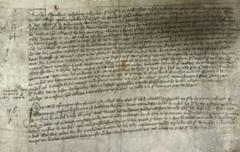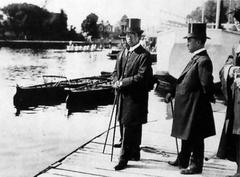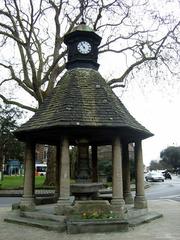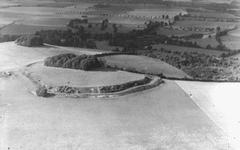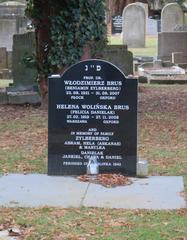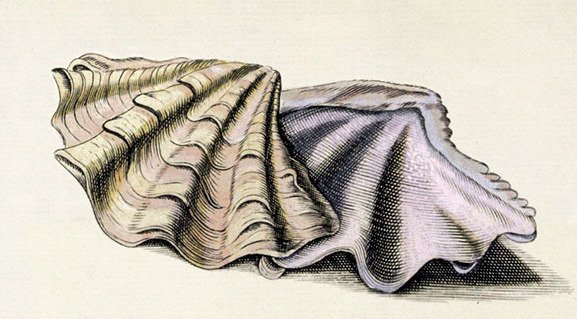
Comprehensive Guide to Visiting Bodleian Library, Oxford, United Kingdom
Date: 24/07/2024
Introduction
The Bodleian Library stands as one of the oldest and most renowned libraries in Europe, embodying centuries of academic excellence and historical significance. Founded in 1602 by Sir Thomas Bodley, it is the main research library of the University of Oxford and the second-largest library in Britain. With its roots dating back to the 14th century, the library has evolved into a treasure trove of knowledge, housing over 13 million printed items. Visitors are drawn to the Bodleian not only for its extensive collections but also for its stunning architecture, including the iconic Radcliffe Camera and the medieval Duke Humfrey’s Library. Whether you are a history enthusiast, an architecture lover, or a literary aficionado, the Bodleian Library offers a unique and enriching experience. This guide aims to provide comprehensive information on the library’s history, visiting hours, ticket options, and nearby attractions, ensuring that your visit is both memorable and informative. (Wikipedia, Bodleian Library History).
Table of Contents
- Introduction
- Historical Background
- Modern Developments
- Visitor Information
- Special Events and Tours
- Preservation and Sustainability
- FAQ
- Conclusion
Discover the Bodleian Library - History, Visiting Hours, and Tickets
Historical Background
Early Beginnings
The Bodleian Library has a rich history that dates back to the 14th century. The first purpose-built library in Oxford was established around 1320 under the will of Thomas Cobham, Bishop of Worcester. This initial collection of chained books was housed above the north side of the University Church of St Mary the Virgin on the High Street (Wikipedia). This small library continued to grow steadily, but it was not until the significant donation by Humfrey, Duke of Gloucester, that the need for a larger space became apparent.
Humfrey, Duke of Gloucester’s Contribution
Humfrey, Duke of Gloucester, the younger brother of King Henry V, played a pivotal role in the development of the Bodleian Library. Between 1435 and 1437, he donated over 281 manuscripts, including several important classical texts. This generous donation necessitated the construction of a new library space. Consequently, a suitable room was built above the Divinity School, which was completed in 1488 and is still known today as Duke Humfrey’s Library (Bodleian Library History).
Decline and Revival
After the completion of Duke Humfrey’s Library, the University of Oxford ceased to invest in the library’s upkeep and acquisitions. This neglect led to a period of decline, during which many manuscripts were not returned. The library’s revival began with Sir Thomas Bodley, an Oxford alumnus and diplomat, who refounded the library in 1602. Bodley invested his own funds and secured additional donations, transforming the library into a significant scholarly resource (History Today).
Expansion and Legal Deposit Status
Since its refounding in 1602, the Bodleian Library has expanded significantly. Initially, the growth was slow, but it gained momentum over the last 150 years to accommodate the ever-increasing accumulation of books, papers, and other materials. The library’s status as a legal deposit library, established under the Legal Deposit Libraries Act 2003, has been crucial to its expansion. This status entitles the Bodleian to request a copy of every book published in the United Kingdom and the Republic of Ireland (Wikipedia).
Architectural Evolution
The architectural evolution of the Bodleian Library is a testament to its historical significance. The original 15th-century building, Duke Humfrey’s Library, remains a central part of the library complex. Over the centuries, additional buildings have been constructed to accommodate the growing collection. Notable among these is the Radcliffe Camera, an iconic 18th-century domed reading room, and the Weston Library, a 21st-century addition that houses special collections and exhibition spaces (Oxford Summer Courses).
Notable Figures and Events
The Bodleian Library has been a center of scholarly activity for over 400 years, attracting numerous notable figures. Among the distinguished scholars who have studied in its reading rooms are monarchs, Nobel Prize winners, British Prime Ministers, and renowned writers such as Oscar Wilde, C.S. Lewis, and J.R.R. Tolkien (Bodleian Library Tours). The library has also played a role in significant historical events, such as housing King Charles I’s parliament during the English Civil War (1642–1651) (Bodleian Library History).
Modern Developments
In 2000, the Bodleian Library underwent a significant administrative reorganization, bringing together various libraries within the University of Oxford under the umbrella of Oxford University Library Services (OULS), later renamed Bodleian Libraries in 2010. This reorganization aimed to streamline operations and improve access to the library’s vast resources. In 2015, much of the library’s archives were digitized and made available online, further enhancing its accessibility to scholars worldwide (Wikipedia).
Visitor Information
Visiting Hours and Tickets
The Bodleian Library offers various visiting hours to accommodate different schedules. Generally, the library is open to visitors from Monday to Saturday, with specific times varying by season. It is advisable to check the official website for the most up-to-date visiting hours.
Tickets for guided tours can be purchased online or at the library. Options include 30, 60, and 90-minute tours, each offering a unique glimpse into the library’s history and architecture. Prices range from £8 to £15, with discounts available for students and seniors.
Travel Tips and Nearby Attractions
Located in the heart of Oxford, the Bodleian Library is easily accessible by public transport, including buses and trains. Nearby attractions include the Radcliffe Camera, the Sheldonian Theatre, and the Ashmolean Museum, making it a perfect addition to a day of exploring Oxford’s historical sites.
Special Events and Tours
The Bodleian Library hosts various special events throughout the year, including lectures, exhibitions, and workshops. Guided tours are highly recommended, as they provide in-depth insight into the library’s rich history and stunning architecture. Photographic spots such as the Divinity School and Duke Humfrey’s Library offer unique opportunities for capturing memorable moments.
Preservation and Sustainability
The Bodleian Library is committed to preserving its collections for future generations. This commitment is reflected in its visitor guidelines, which aim to provide a safe environment for visitors while ensuring the preservation of the library’s invaluable resources. Additionally, the library is actively working to improve its sustainability practices, recognizing the importance of environmental stewardship in its operations (Bodleian Library Visitor Guidelines).
FAQ
Q: What are the Bodleian Library’s visiting hours?
A: Visiting hours vary by season. Check the official website for the most current information.
Q: How much do tickets cost for tours?
A: Ticket prices range from £8 to £15, with discounts available for students and seniors.
Q: Are there any special events at the Bodleian Library?
A: Yes, the library hosts various special events, including lectures, exhibitions, and workshops throughout the year.
Q: Can I take photographs inside the library?
A: Photography is allowed in certain areas, such as the Divinity School and Duke Humfrey’s Library. Always check for specific guidelines during your visit.
Conclusion
The Bodleian Library’s historical background is a rich tapestry of scholarly pursuit, architectural evolution, and cultural significance. From its early beginnings in the 14th century to its modern-day status as a world-renowned research library, the Bodleian continues to be a beacon of knowledge and a testament to the enduring value of academic libraries. Visitors to the Bodleian Library can immerse themselves in over 600 years of history, exploring the spaces where generations of scholars have studied and contributed to the advancement of knowledge.
Call to Action
Plan your visit to the Bodleian Library today and discover the magic of one of Oxford’s most treasured historical sites. For more information on visiting hours and tickets, check out the official Bodleian Library website. Don’t forget to follow us on social media for the latest updates and special events!
References
- Wikipedia, 2024, Bodleian Library
- Bodleian Library History, 2024, Bodleian Library
- History Today, 2024, 400 Years of the Bodleian Library
- Oxford Summer Courses, 2024, A Brief History of the Bodleian Library
- Bodleian Library Tours, 2024, Library Guided Tours
- Bodleian Library Visitor Guidelines, 2024, Plan Your Visit

